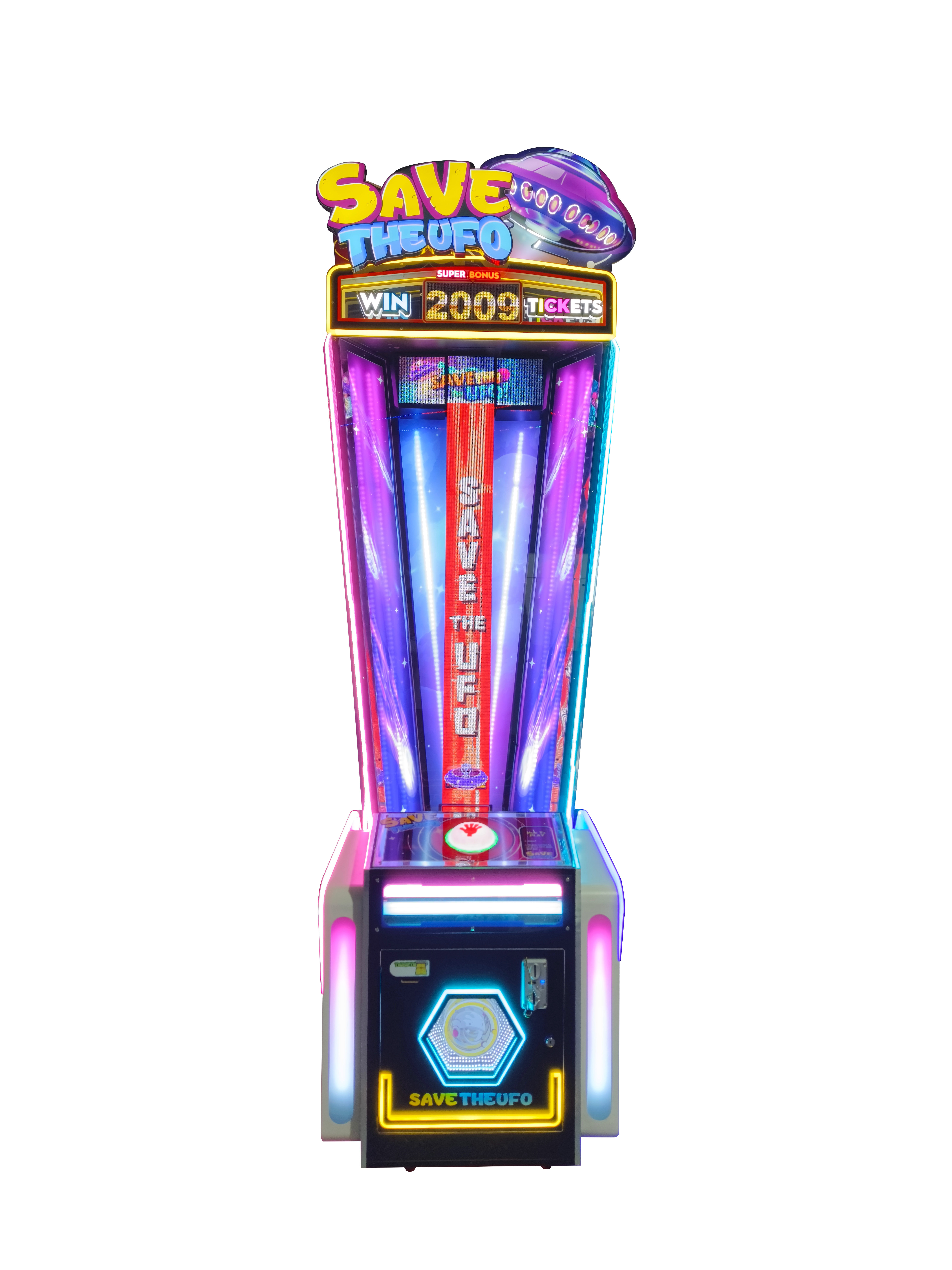Prize-Cutting Machines is a skill+prize machine. The game requires players to guide a pair of scissors with limited movement capabilities and make an accurate cut on the string that clasps onto each prize, which usually amasses in less than a 10% win rate. Scissors move at a rate of 0.5 meters per second; it takes players up to 0.1 seconds before the button must be pushed down again to perform that operation.completed_Normal-operation operations and mini-games Prizes generally consist of costly electronic items like high-end smartphones or special dolls that are hard to come by otherwise; this leads players to continue playing in hopes they can earn all available options. Cutting 30% compared to claw machines are notable high-value prize cutting machines, which can form a long period of playing pipes for players.
Table of Contents
ToggleUnique Game Mechanism
The complexity and precision of the trophy-cutting machine are a far cry from traditional claw machines. Based on surveys from the industry, the difficulty of over half (70%) still manage to button press at that exact time in order to control scissors or blades continuing their movement for prize cutting machines. That requires a level of skill that goes beyond good hand-eye coordination into an understanding of how the machine behaves. Claw machines are more about luck, whereas prize-cutting machines require a higher level of skill on the part of the player.
The speed of scissors in some high-end prize-cutting machines can reach 0.5m / s, and the player needs to respond within less than 0.1 seconds in order to cut the string that holds up a prize with appropriate precision like mechanical watches; as you know, lists on said about it. Through this high-demand game mechanism, the whole challenge of a match is much larger and, therefore, appeals to players who may only win through outskilling opponents.
Combination of Physical Operation and Technology
Prize-cutting machines are mechanical in nature and a clever combination of old-world precision mechanics with new-age technology. Scissors control system This is typically motor-driven and can do up to 200 precise cut actions per minute. This cutting-speed capability is accomplished with an elaborate sensor system that follows the real-time position, force and speed of the scissors to achieve a high level of accuracy for every operation. According to research, the error margin of these sensors is controlled within 0.01 millimeters, enough for making various fine-cutting jobs.
Prize-cutting machines often come with sensors and smart monitor systems that can guide data of player operation in real-time. Or, in plain language, If the machine detects, profiling behavior like trying to enter numbers n times or maybe even battling it out with a geocoder over here, then boost up some handling difficulty of scissors by itself so that it’s fair beneficial. The best ones even enable remote monitoring and control, where operators can change the prize settings game difficulty via a backend system to drive optimal player experience.

Prize Attraction
A lot of prize-cutting machines provide high value and variety in their prizes. By the numbers, typical prizes include smartphones, tablets, collector dolls and fashions. In Japan, top-end prize-cutting machines, in such cases, can have a market value of more than $1,000 per “prize.” However, high-value prizes like these not only work to increase player participation in the activity but also promote repeated gameplay.
The types of prizes and the way they are shown also have a direct impact on how attractive a machine is. Industry studies reveal that over 80% of players prefer machines showing great Prizes in an instant format. In many prize-cutting machines, prizes are neatly hung from clear display cases, allowing players to see exactly where and what their preferred prize is. This visualization helps the player anticipate and create an emotional expectation of a result, which consequently leads to even more engagement.
Player Psychology and Excitement
Prize-cutting machines have not only operational difficulties in design but also need to make full use of the psychological needs of players. Adopting the folding cash prize Cutting machine, which raises the difficulty level and reduces winning probability, introduces a sense of suspense in the game. With a few failures under their belt, players end up with even more determination to plow some time and money into it. The ‘sunk cost effect’ is one of the core attractions of prize-cutting machines. 60 percent of players in data continue to try again more than four times instead of giving up.
Prize-cutting machines provide an instant feedback mechanism that really appeals to gamers’ sense of accomplishment. Whenever the button is pressed, it gives instant visual or auditory feedback by flashing lights and sound prompts. As per psychological research, this instantaneous feedback effectively increases the engagement of players as well as toughens their expectations. And the most exciting moment for a player is when scissors are just going to cut the prize string. This design keeps triggering emotional shifts within players that result in them being more likely to replay the game.
A technique called the “near-miss effect,” where players are more likely to try again when they lose with very close results, is exploited by prize-cutting machines. The closer they get to this point, the more exciting it becomes, providing a passport for game stickiness. The scissors stop just millimeters from the prize string on some machines, teasing players into a feeling they were “so close” to winning. This design has elevated repeat play rates for the game.








